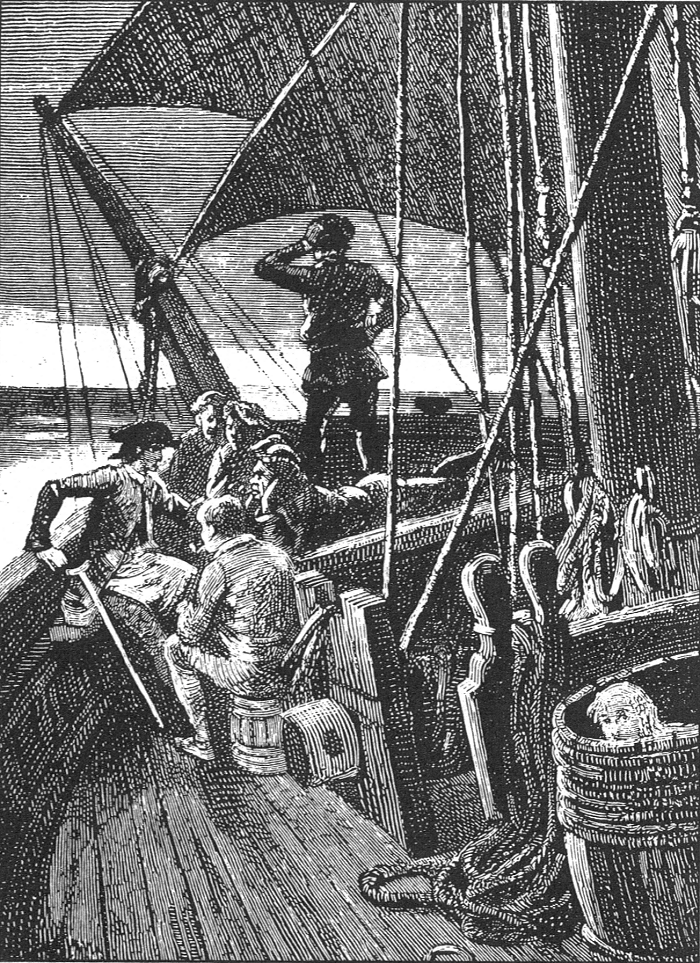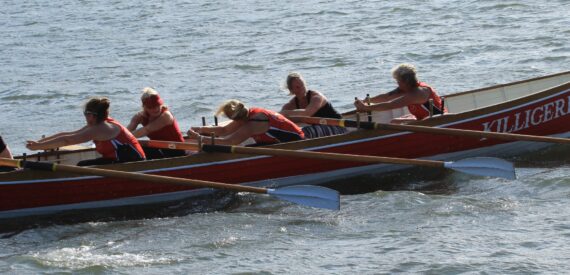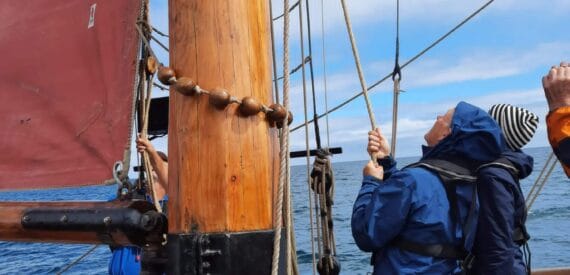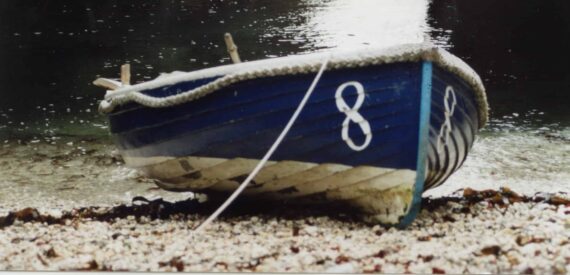We all know ‘pieces of eight’ from pirate stories but there is much more to it than that.
It all started when the Spanish conquered what is now Bolivia in South America. They took over the then and still today the largest silver mine in the world ‘Cerro Rico de Potosi’ . The silver was smelted and coins created that where called Dollars in Spanish. To make coins of smaller value the Dollars could be cut into eight pieces. Hence the nick name ‘Pieces of eight’.
That’s the simple part but there is a lot more to the story.
The flow of silver was first by llamas for a two month trek to Lima and then up the Pacific by sea to Panama where it was carried overland to the Atlantic. It was then put on board Spanish Galleons and a convoy set sail for Spain.
Crossing the Atlantic was the part the Spanish worried about the most and many pirates and other naval powers dreamt of capturing a Spanish Galleon loaded with ‘pieces of eight’. For two and a half centuries the majority of the galleon Fleets successfully crossed the Atlantic. It’s the few that failed that we know about. Some examples are, in 1537 the French captured nine treasure ships while in the Pacific Drake captured the treasure ship Cacafuego off the coast of Peru in 1579.
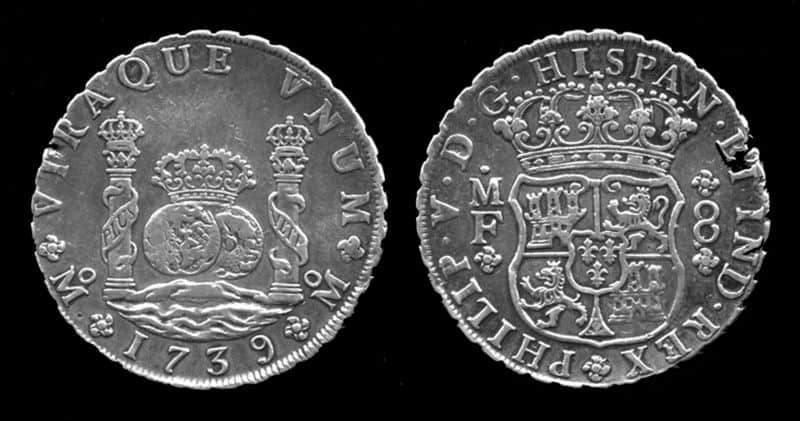
The huge value of the silver empowered the Spanish to run its wars against other European powers by land and sea. It also lead to huge inflation in Spain causing massive poverty in a rich country!
The power ‘pieces of eight’ is that they became the international currency of the 17,18 and 19th centuries. The coin was circulated both in Europe, the Americas and the Far East.
Examples of the ‘pieces of eight’ have been found in Tobermory on Mull in Scotland and in New South Wales Australia and thousands of places in-between. Many of them being re-stamped with local inscriptions.
The USA adapted the dollar to become the name of the unit of their currency $.
For the full story look here – https://www.bbc.co.uk/ahistoryoftheworld/about/transcripts/episode80/
Get ready for Talk Like a Pirate Day on September 19th.
Robert Louis Stevenson – Treasure Isalnd
Jim Hawkins hiding in the apple-barrel, listening to the pirates.
